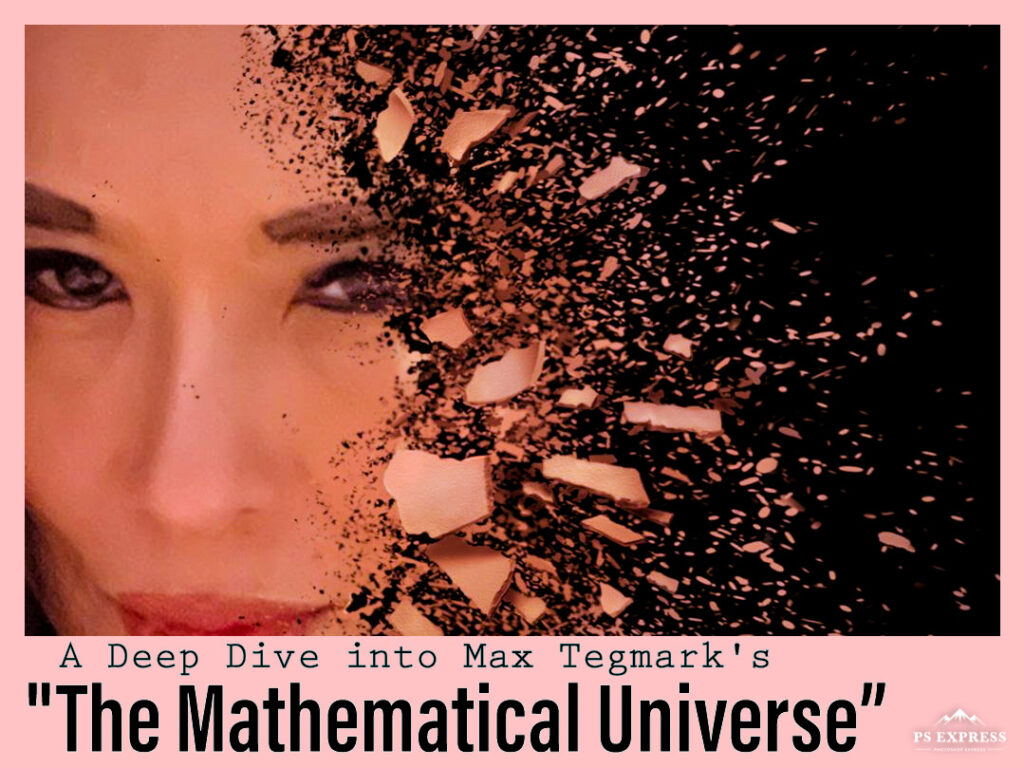
As I meandered my way home from work today, a gentle snowfall decided to join me on my journey. The serene white landscape prompted a train of thought about the complex symphony of science that orchestrates this enchanting winter phenomenon. So, let’s dive into the nitty-gritty of snow, where physics, mathematics, and thermodynamics are the lead conductors of this chilly orchestra.
A Winter Interlude:
Picture this: I’m behind the wheel, and outside my window, snowflakes are twirling in the air, each one seemingly unique. It got me pondering—why is snow so darn fascinating? Well, it turns out, it’s all about the physics of water and air.
The Dance of Water Molecules:
At its core, snow is a dance of water molecules transitioning from vapor to ice crystals. Cold air acts as the choreographer, directing these molecules to slow down and arrange themselves into the breathtaking hexagonal structures we know as snowflakes. Each flake is essentially a frozen piece of art, and the atmosphere is the canvas.
Symmetry in Nature’s Blueprint:
Ever marveled at the intricate symmetry of snowflakes? This is where mathematics takes the stage. The hexagonal lattice structure of water molecules gives rise to the sixfold symmetry, ensuring that no two snowflakes are identical. Nature’s adherence to mathematical principles results in the stunning diversity we witness in each falling snowflake.
Thermodynamics: The Frosty Maestro:
Now, let’s talk about thermodynamics, the unsung hero in this frosty tale. As temperatures drop, thermodynamics dictates the transformation of water vapor into ice, forming the intricate patterns that define the beauty of snowflakes. It’s like nature’s own frosty art class, where the laws of thermodynamics sculpt the delicate and unique designs we see.

A Journey from Cloud to Ground:
As I navigate the snow-covered roads, I find myself contemplating the journey each snowflake takes. It all begins high in the clouds, where tiny ice crystals cluster around dust particles. These clusters grow into the intricate forms we recognize as snowflakes. Gravity then takes over, guiding these frozen dancers earthward.
The Blanket of Snow:
So, what’s the big picture? Snow, far from being a mere winter inconvenience, is a scientific masterpiece. The laws of physics, mathematics, and thermodynamics come together to create this delicate ballet. Each snowflake is a testament to the precision and elegance embedded in the natural world.
Conclusion:
As the snow blankets the world, turning it into a tranquil winter wonderland, I’m left in awe of the intricate dance of science happening right before my eyes. The falling snowflakes are not just frozen water; they are a manifestation of the laws of nature, choreographing a mesmerizing winter symphony that captivates the heart and the mind. Next time you find yourself in a snowfall, remember, you’re witnessing the harmonious collaboration of science, turning the ordinary into the extraordinary.


